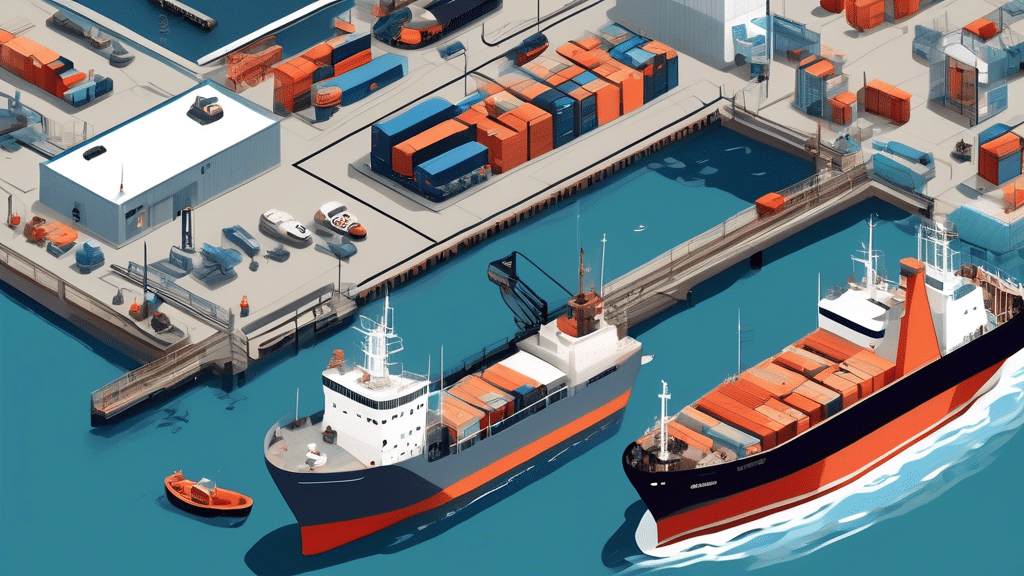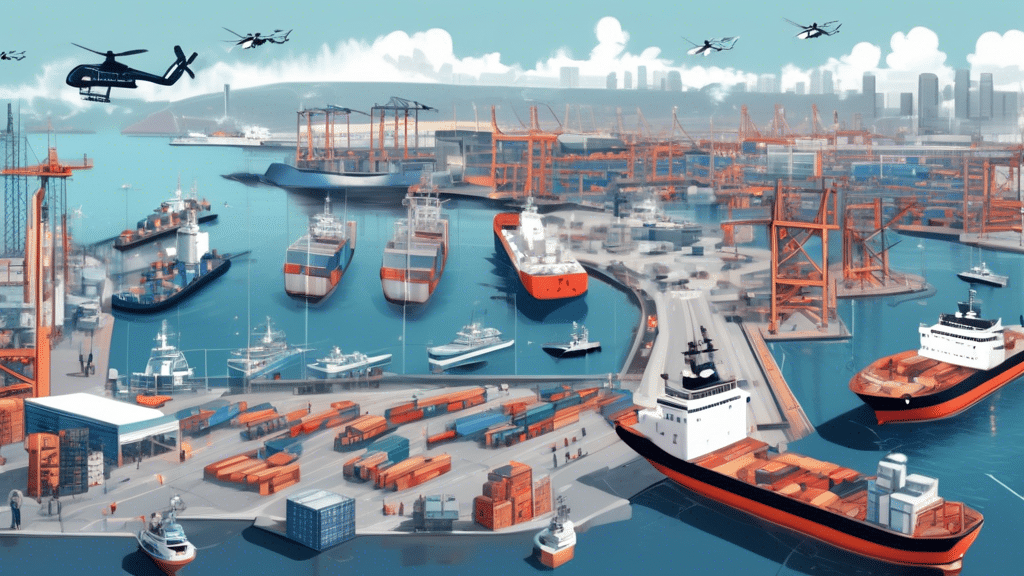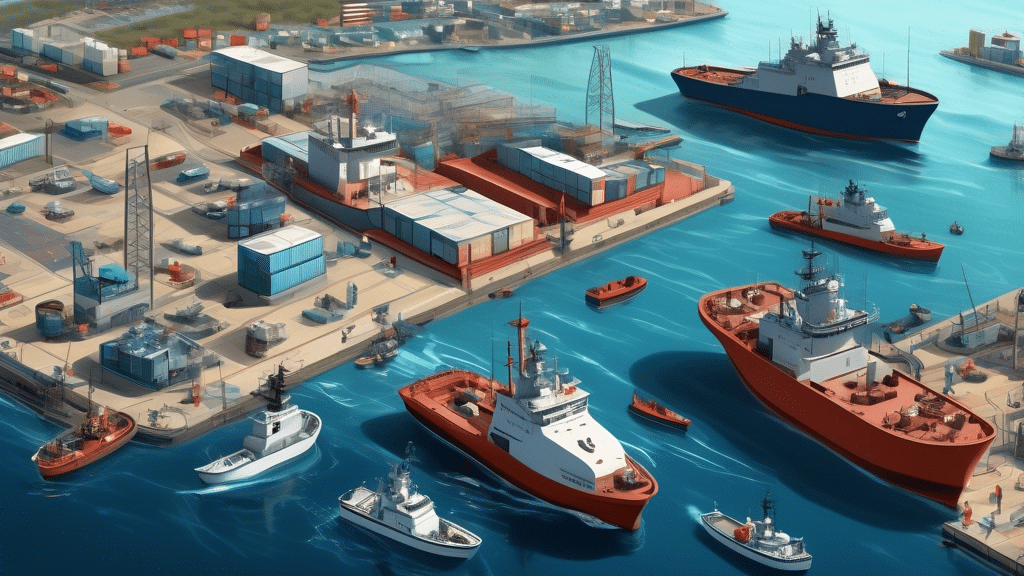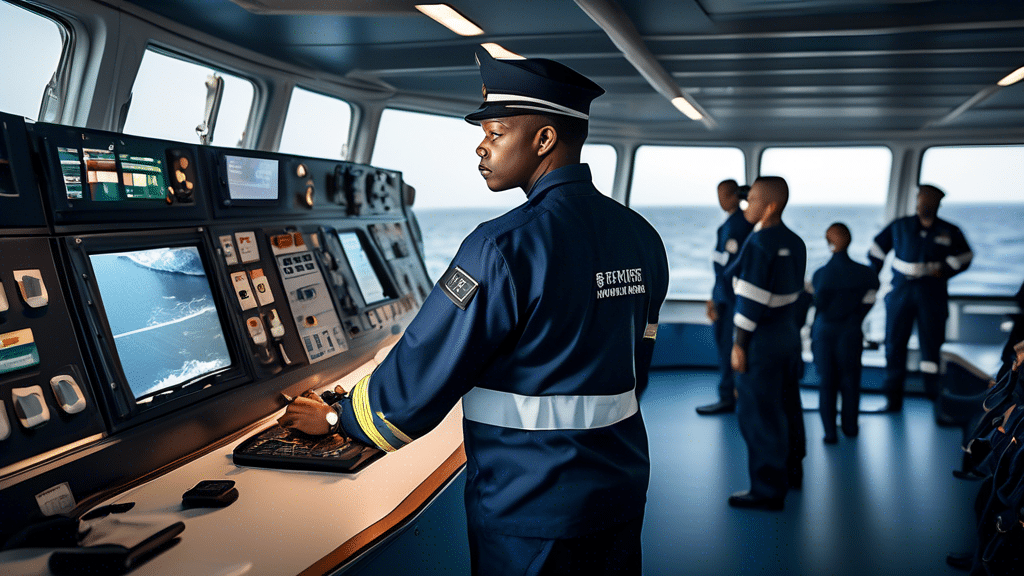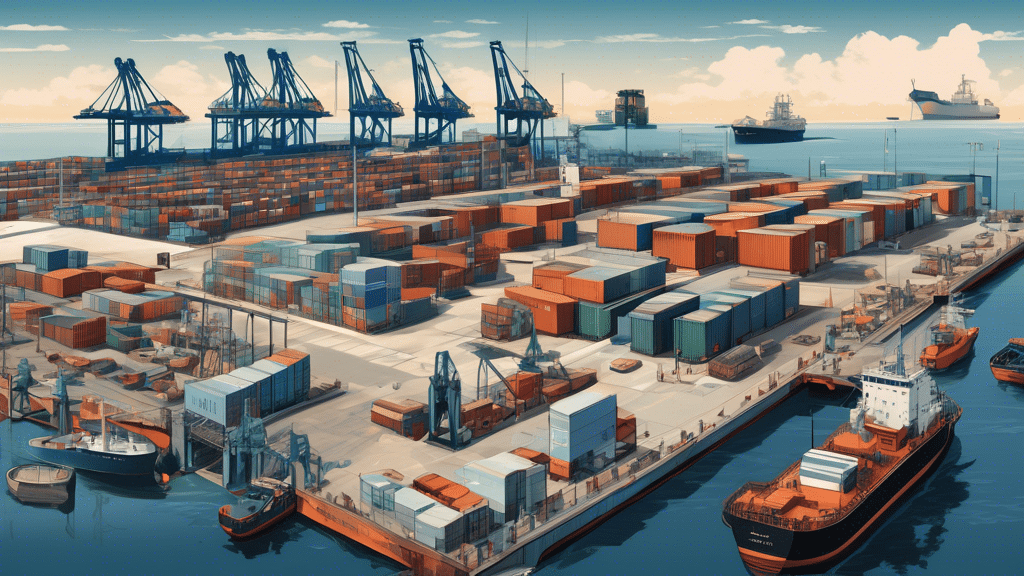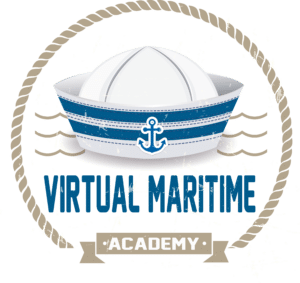Understanding Maritime Security Regulations and Compliance
In an era where global trade heavily relies on maritime transport, ensuring the security of seas has never been more important. Maritime security regulations and compliance are essential for safeguarding shipping routes, ports, and the vessels that traverse international waters. This article delves into the intricate landscape of maritime security, exploring various regulations and the importance of adhering to them.
The Importance of Maritime Security
Maritime security encompasses a wide range of activities, all aimed at protecting the marine environment from threats such as piracy, terrorism, and illegal trafficking. These threats can disrupt international trade, endanger human lives, and cause significant economic losses. Maritime security regulations are implemented to mitigate these risks, ensuring the safe and efficient operation of maritime activities.
Key Maritime Security Regulations
Several international regulations and conventions play a critical role in maritime security. Below are some of the key regulations that form the foundation of global maritime security:
International Ship and Port Facility Security (ISPS) Code
The ISPS Code is a comprehensive set of measures to enhance the security of ships and port facilities. Adopted by the International Maritime Organization (IMO) in 2002, it provides a standardized framework for assessing and managing risks. The ISPS Code is mandatory for all signatory nations and covers a broad spectrum of security concerns, including access control, surveillance, and crew training.
Maritime Transportation Security Act (MTSA)
The MTSA was enacted by the United States in response to the September 11 attacks, with the goal of improving security at U.S. ports and across maritime transportation systems. It mandates the development of security plans for vessels and facilities, encourages the use of advanced screening technologies, and requires the identification of high-risk cargo.
SOLAS (Safety of Life at Sea Convention)
While primarily aimed at improving the safety of ships at sea, the SOLAS Convention also contains provisions related to security. Chapter XI-2 of SOLAS specifically addresses enhanced maritime security measures, requiring vessels to carry security equipment and adhere to security protocols set forth by the ISPS Code.
Customs-Trade Partnership Against Terrorism (C-TPAT)
The C-TPAT is a voluntary supply chain security program led by U.S. Customs and Border Protection (CBP). By participating in C-TPAT, businesses agree to improve the security of their supply chains in exchange for benefits such as reduced customs inspections and expedited processing of shipments.
Challenges in Maritime Security Compliance
Despite the robust framework of regulations, achieving full compliance in maritime security is fraught with challenges. Here are some of the significant hurdles:
Complexity and Scope
Maritime security regulations often involve intricate requirements that can be difficult for shipping companies, port authorities, and other stakeholders to navigate. Ensuring compliance involves a thorough understanding of various national and international laws and the ability to implement complex security measures.
Cost and Resource Allocation
Implementing and maintaining maritime security measures can be expensive. For smaller shipping companies or ports, the financial burden of meeting compliance standards can be significant. Investing in advanced security technologies, training personnel, and conducting regular assessments require substantial resources.
Global Coordination
Maritime security is inherently a global issue, necessitating cooperation among nations, agencies, and private entities. Disparities in the capabilities and resources of different countries can result in uneven enforcement and compliance, complicating efforts to establish a uniformly secure maritime environment.
The Future of Maritime Security
As global maritime activities continue to evolve, so too must the frameworks that ensure their security. Emerging technologies such as artificial intelligence, blockchain, and unmanned aerial systems offer promising advancements in maritime security. Moreover, international collaboration and harmonization of regulations will be crucial in addressing future challenges and threats.
In summary, maritime security regulations and compliance are foundational to the safety and efficiency of global maritime operations. A comprehensive understanding of these regulations and proactive engagement in compliance efforts are essential for mitigating risks and protecting the maritime domain. The collective effort of governments, organizations, and the maritime industry will be key in navigating the complex and dynamic waters of maritime security.


